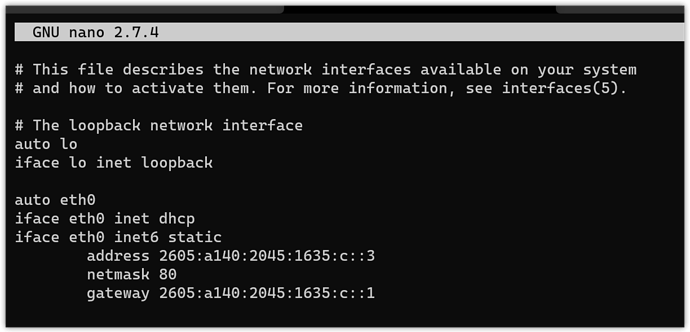
To check all the available interfaces to capture on, use the ‘-D’ flag as: sudo tcpdump -D

In this article, I'll focus on core options that are frequently used.

Tcpdump has a long list of options available for use. Windows has a ‘Microolap TCPDUMP for Windows’ variant with an associated price tag. It is freely available on Unix and Linux systems. Thanks to the developers, who have kept the Tcpdump as an open source project. The output from the command displays on the STDOUT and can also be stored in a file. It captures packets as they go by and shows you what’s going on and coming in on your network. If a dedicated interface must be specified, this can be done by -i or using %.Tcpdump is a great tool for analyzing networks and hunting down associated network problems. As you perhaps already know, ICMP echo-request packets are more accepted by firewalls or ACLs on routers inbetween than UDP packets. Note: unlike some modern versions of IPv4 traceroute, which can use ICMPv4 echo-request packets as well as UDP packets (default), current IPv6-traceroute is only able to send UDP packets. It's a program similar to IPv4 traceroute. This older program is normally included in package iputils. Ping6 doesn't execute properly, generally because of missing root permissions -> chmod u+s /usr/sbin/ping6 Ping6 is not in users path (probably, because ping6 is generally stored in /usr/sbin -> add path (not really recommended) So if non-root users cannot use ping6 then there are two possible problems: Hint: ping6 needs raw access to socket and therefore root permissions. # ping6 %Ħ4 bytes from ::1: icmp_seq=0 hops=64 time=292 usecġ packets transmitted, 1 packets received, 0% packet loss Some implementation also support % suffix instead of using -I, e.g.

It is designed for simple transport tests sending ICMPv6 echo-request packets and wait for ICMPv6 echo-reply packets. This program is normally included in package iputils.


 0 kommentar(er)
0 kommentar(er)
